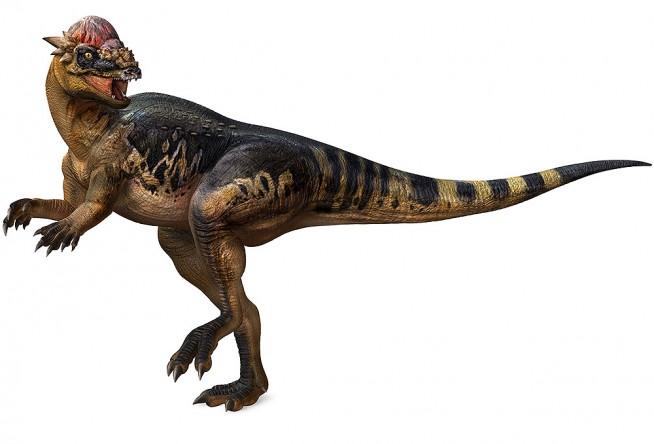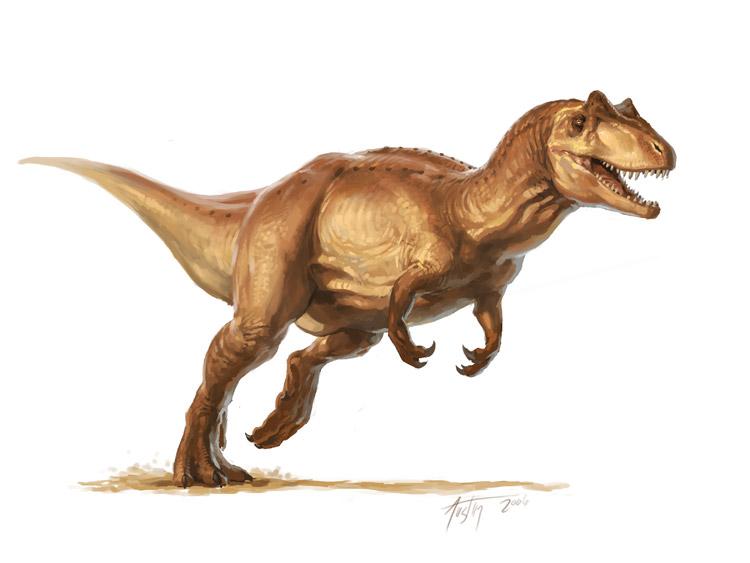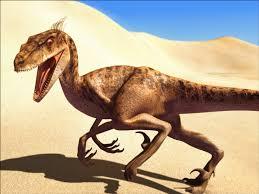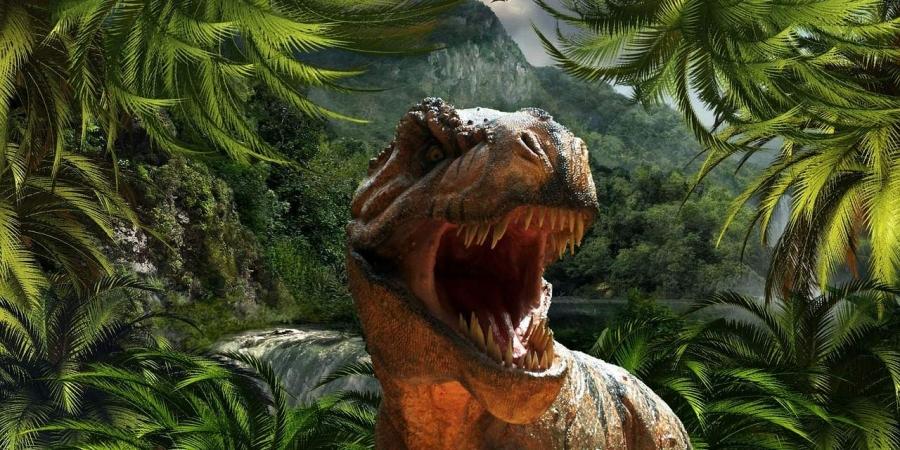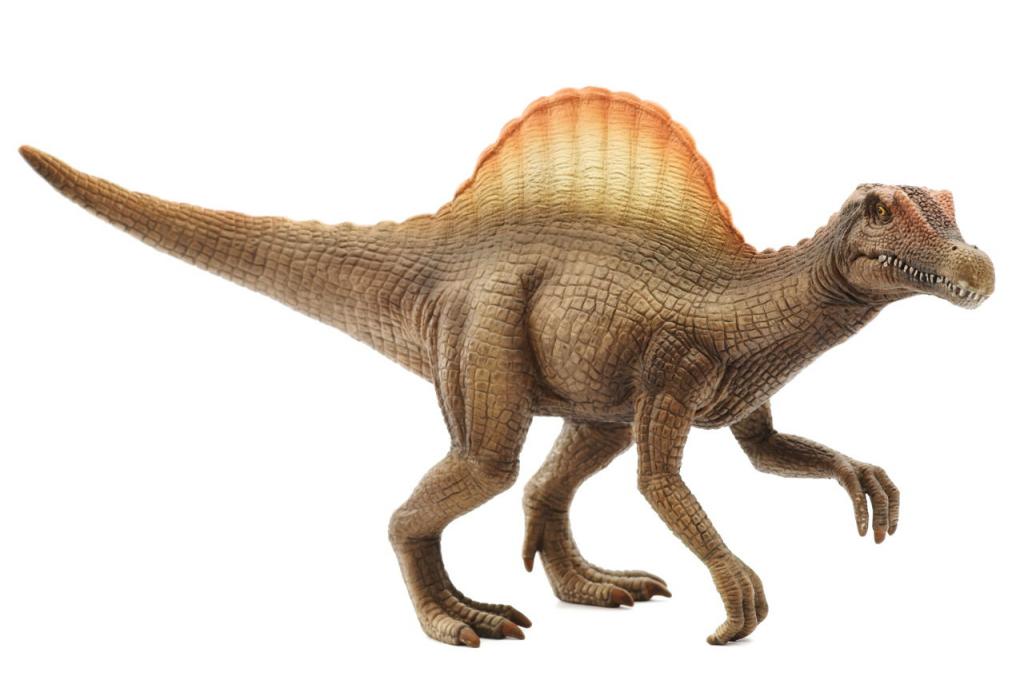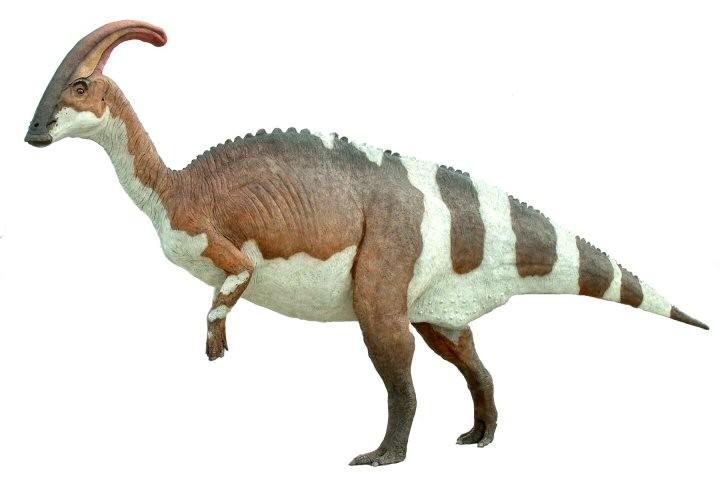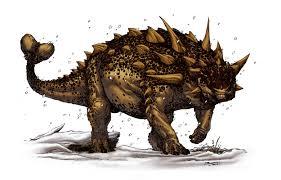History Of Dinosaurs
Dinosaurs have appeared a long time before us humans, and scientists have helped us piece together what dinosars may have lookeed like and even how they might have behaved.
Read on for a wide range of cool dinosaur facts that are perfect for kids.
- Dinosaurs are a group of reptiles that have lived on Earth for about 245 million years.
- In 1842, the English naturalist Sir Richard Owen coined the term Dinosauria, derived from the Greek deinos, meaning “fearfully great,” and sauros, meaning “lizard.”
- Dinosaur fossils have been found on all seven continents.
All non-avian dinosaurs went extinct about 66 million years ago.
- There are roughly 700 known species of extinct dinosaurs.
Modern birds are a kind of dinosaur because they share a common ancestor with non-avian dinosaurs.
When Did Dinosaurs Live?
Since scientists only have bones to guess by, it is impossible to say exactly when dinosaurs lived. There are several ideas, but it is hard to find scientific evidence to prove them. A lot of people think dinosaurs lived millions and millions of years ago. Scientists who believe in Creation believe dinosaurs were on the earth at the same time as man, which is thousands of years ago. It is hard to tell exactly what the earth was like back then, with only fossils to go by.
Why did Dinosaurs go extinct?
For many years, scientists believed that the dinosaurs went extinct when a giant meteorite hit the Earth. When the meteorite hit, it sent up dust and dirt into the sky covering up the sun for a really long time. This caused all the plants to die, and soon the dinosaurs died too.
What Did Dinosaurs Eat?
Some people look at dinosaurs and they think that dinosaurs are predators, they see dinosaur as ferocious meat eaters. In reality, the dinosaur's diet was probably much more complex than they would imagine. So what did the dinosaur eat?
Animals that eat plants are called herbivores. Animals that eat meat are called carnivores.
Dinosaurs eat plants:
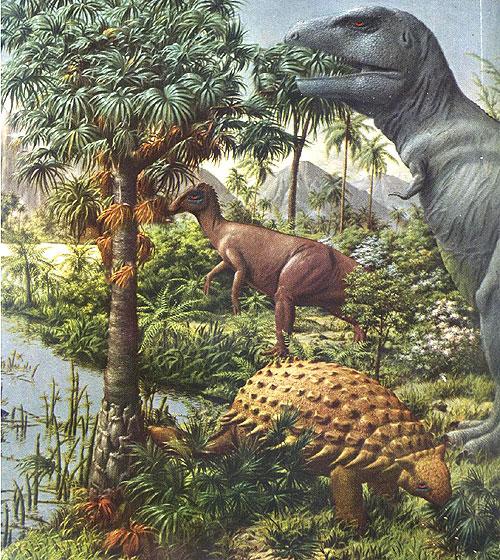
Most dinosaurs ate plants. Even though they were so huge, Sauropods like Brachiosaurus lived on green grass and shrubs. Scientists know this from looking at their teeth that have been found in fossils.
Plant eaters probably lived on a variety of leaves, twigs and seeds which would have included conifers, geiko plants, redwoods, yews, pines, cypress and cycades. They may have also eaten a variety of angiosperms and other flowering plants.
The dinosaurs herbivores probably also ate a variety of other things to supplement their diets, as twigs and seeds. And some scientists speculate that these plant-eaters probably consumed stones as well. Just like modern birds. These stones would help their stomachs grind down the plant material further so they could extract the nutrients from it.
The carnivorous dinosaurs:
Some dinosaurs ate meat. One of the most famous dinosaurs, Tyrannosaurus Rex, was a meat-eater and had sharp teeth and claws to help him get his food.
On the other hand, probably not only lived off the carcasses of dinosaurs they either hunted or scavenged, but also probably fed off of insects. Omnivores probably lived off whatever was readily available—whether it was animal, vegetable or insect...
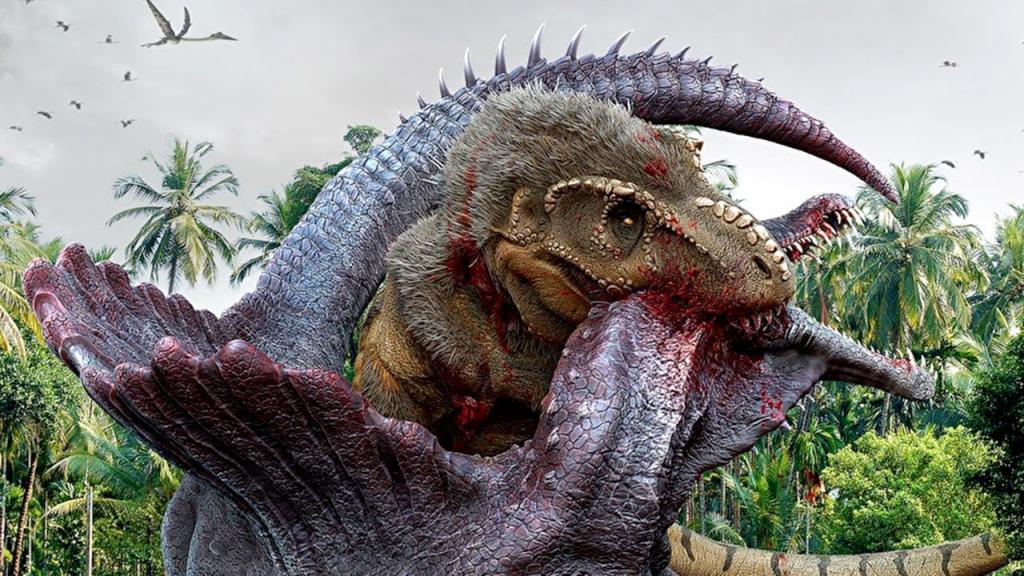
You can tell what the carnivores like T-Rex and Velociraptor ate just by looking at their teeth. These dinosaurs had long, serrated teeth that was designed for one purpose and one purpose alone: ripping flesh from the bones of other dinosaurs. This would have made these animals the apex predators of their time. However, not all scientists believe that these carnivores were indeed hunters. Some believe that they were actually scavengers. Eating the flesh of dinosaurs that have died from natural causes, or stealing the eggs of other dinosaurs. While neither explanation has been fully proven, the truth is probably somewhere in the middle. These dinosaurs probably hunted and scavenged to meet their caloric requirements.
Omnivorous dinosaurs
Fossils show that certain species had different kinds of teeth - some for grinding and others for tearing - which suggests that they may well have feasted on both types of food. Omnivorous dinosaurs that ate both include Nothronychus, Hagryphus, Beipiaosaurus, Yunnanosaurus, Citipati and Nomingia. These dinosaurs not only ate plants and meat that they scavenged, but also quite likely feasted on a variety of different insects.
How did dinosaurs walk?
Some dinosaurs walked with four limbs on the ground but many dinosaurs walked in the same way that you walk - erect or upright. This erect posture actually provided an advantage to these animals. Compared to the sprawling reptiles, they were able to breathe more easily, particularly when they moved. This upright posture also allowed them to have greater stamina compared to modern reptiles. Moreover, scientists theorize that erect limbs helped decreased the bending stress on their extremities, thereby, helping support their large sizes.
Fossils of dinosaurs
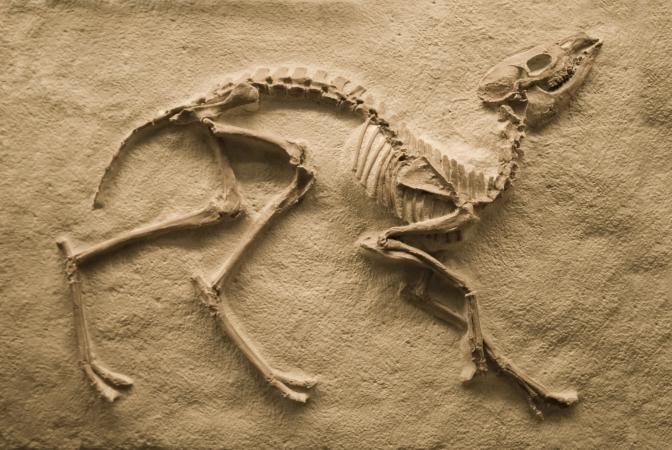
One of the amazing things about paleontology is that, as more fossils are found. Everything that is known about dinosaurs comes from the study of fossils that are found in the ground. From fossils, scientists are able to recreate whole skeletons of dinosaurs and determine what the dinosaurs were like. Some of these fossils and skeletons can be seen in museums. Fossils of dinosaurs have been discovered on every continent of the world. Fossils from the same type of dinosaur have been found on different continents as well.
Were Dinosaurs all big?
All dinosaurs are very large. Some dinosaurs are thought to have been 40 feet tall or more. This is twice as tall as the tallest giraffe ever. There were also some smaller dinosaurs that were just a foot or so tall. There were a wide variety of dinosaurs from giant lumbering plant eaters that walked on four legs to fast dangerous meat eaters that could run on two legs.
Were Dinosaurs all small?
Although some dinosaurs were the largest land animals ever to have lived, many were tiny. Among the smallest were species of Compsognathus. Some were the size of a chicken. Most Compsognathus species had long legs and were good runners.
There is a lot of debate on which dinosaur is smartest, fastest, dumbest, etc. We don't know for sure, but we can take a good guess using the latest information from paleontologists.
Biggest carnivore - The really big dinosaurs were all herbivores, but the biggest one that ate meat was the Spinosaurus. It weighed around 8 tons. The T-rex was one of the biggest carnivores as well.
Smartest - We don't really know for sure how smart dinosaurs were, but the best guess is that they weren't very smart. However, the smartest was likely the Troodon. It is thought that the T-Rex was pretty smart for a dinosaur as well.
Dumbest - The stegosaurus was likely one of the dumbest dinosaurs. It was a giant animal with the brain the size of a ping-pong ball.
Fastest - The Ornithomimus was likely a very fast dinosaur. It was a lot like an ostrich and probably ran as fast, or faster than an ostrich at speeds of 40-50 miles per hour.
Below these are some Pictures and Names of the most recognized dinosaurs.
Tyrannosaurus Rex
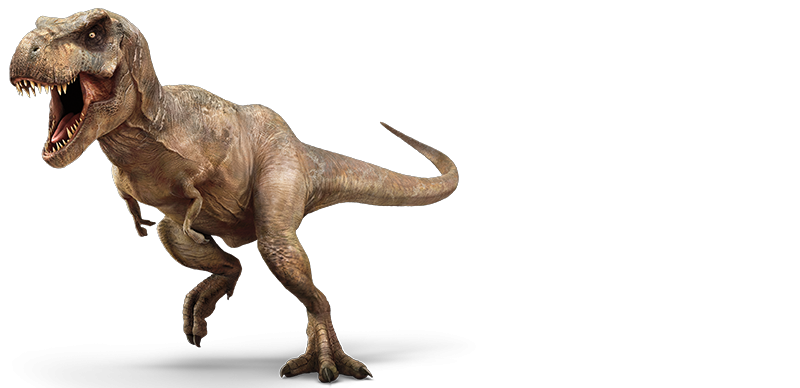
Check out Tyrannosaurus rex pictures for kids and enjoy a wide range of interesting information about this incredible dinosaur.
Tyrannosaurus rex is possibly the most well-known dinosaur due to its huge size, ferocious nature and regular appearances in popular media. Thanks to a number of well-preserved fossils, the T-Rex has been studied in detail by paleontologists all around the world. This dinosaur is known to be the king of all predators. It had a massive jaw with huge teeth and powerful legs that can walk long distances. However, its arms were very small. Some scientists believe that t-rex was not a predator. Instead, it was just a large scavenger that fed on dead prey. They argue that t-rex's arms were too small to hold on to prey.
True predators like raptors have long arms with big talons. T-rex's arms are useless in comparison.
Triceratops
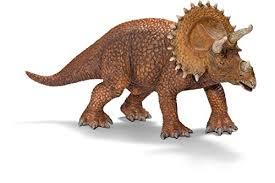
This was probably my favorite dinosaur when I was a kid. The Triceratops has easily recognized thanks to the three horns found on its face as well as its large body and the unique frill around its head. Find out just how big they were, what they ate, why they needed their horns, what US state lists them as their official dinosaur and more interesting information.
It is widely believed that the triceratops used its three horns as a defensive weapon.
But there are also those that believe that the horns were used for courtship rituals similar to deer, goats, and other horned animals. So the horns were just used for display. This is supported by the fact that Torosaurus and Triceratops are actually the same animals. Torosaurus has a bigger thrill with holes and is actually shown to be a triceratops that has fully grown.

When you think of velociraptor, you may remember the film, Jurassic Park. In the film, the velociraptors stood taller than humans and was a fierce predator. However, in reality, it actually stood around 2 feet tall and weighed only 33 pounds. The velociraptor was also covered in feathers. Only Utahraptor stood taller than a human and was the largest species of raptor. Although it featured some nasty looking claws, the Velociraptor was actually a lot smaller than it was portrayed in the movie Jurassic Park, more the size of a turkey than a human.
Spinosaurus
Many people think that t-rex was the biggest predator. But spinosaurus was actually the largest predator to walk this earth. Some scientists believe that the elongated spines were a hump. Others think that it was a sail designed to cool down the body temperature of the animal.
Pachycephalosaurus
This dinosaur had a thick skull covered in dull spikes. The thick skull leads to the idea that these dinosaurs engaged in head-butting combat. However, the dinosaur's skull was not designed or shaped to withstand impact. Thus, this theory has been dismissed.
Allosaurus
The Allosaurus is a dinosaur extremely aggressive from the Late Jurassic of North America. It's perhaps the second most famous carnosaur after Tyrannosaurus Rex.
The Allosaurus is an extremely aggressive and dangerous predator, even more so when accompanied by its ever-present pack mates. Approach with caution - you may not always have visual on its nearby allies when approaching a singular Allosaur.
Allosaurus was among the earliest dinosaur discoveries, and fossils are plentiful, making it a darling of paleontologists, as well as amateur dinosaur observers.
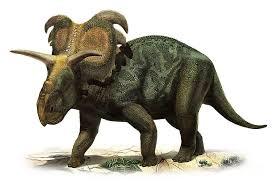
Medusaceratops: Two-ton plant-eater lived 78 million years ago in Montana. Medusaceratops had giant brow bones more than 3 feet long over each eye, and a large, shield-like frill off the back of its skull adorned with large curling hooks.
Medusaceratops acquired its name from the way that the upper horns curve downwards, which gave the vague of impression of the snakes that rise out of the head of Medusa in Greek mythology. Medusaceratops belongs to the Chasmosaurinae subfamily of the horned dinosaur family Ceratopsidae.
Deinonychus
Deinonychus dinosaur is known as a fast and vicious hunter. It was quick and agile, probably lived in small packs, and some studies suggest that Deinonychus had the biggest brain (in relation to its body) of all theropods and therefore was very intelligent - they probably hunted their prey with a certain level of organization. Like Velociraptor dinosaur, they had all the tools they needed to be aggresive predators.It used this claw to tear into the flesh of the dinosaurs it hunted. The claw would snap forward and make a large, deep wound when it attacked.
It was first discovered in 1931 near the town of Billings, Montana by Barnum Brown. Since then, fossils have been found in parts of Wyoming and Oklahoma as well. Deinonychus is probably the best known of the dromeasaurids as nine specimens have been discovered A skeleton of Deinonychus can be seen on display at the American Museum of Natural History or the Harvard Museum of Comparative Zoology.
Parasaurolophus
Vegetarian dinosaurs ate flesh - Young Dinosaur Parasaurolophus. It had a broad flat mouth that looked like a duck's beak. It was a very unusual looking dinosaur. The word ‘parasaurolophus’ means ‘near-crested lizard’. Parasaurolophus’s most distinctive feature was a large crest that emerged from the back of its head.
Parasaurolophus was a relatively large herbivore of the hadrosaurid family.
Parasaurolophus is believed to have been a land-based herbivore. This means that its diet probably consisted of ginkos, pine needles and
leaves. It was a relatively large dinosaur. It would have towered above an average human. It is also believed that this dinosaur not only traveled on all four legs but could also run on two legs when necessary.
Ankylosaurus
Ankylosaurus Dinosaur is Compared Like A "Living Tank". Equipped with defensive plating and a formidable tail club, this dino was certainly built like one.
These dinosaurs were herbivores. It's easy to see why. Ankylosaurus is often compared to an army tank or bus. It has many large oval plates that were fused into its leathery skin, and these plates covered this dinosaur’s entire body except for its belly, which would have been exposed. This dinosaur also had two rows of spikes that traveled down its body, large horns on top of its head and a club like tail that had spikes on it.
All of this armor was necessary for it to protect itself from some of the apex predators of the time including the T Rex, Deinonychus and Tarbosaurus.
The top of this dinosaur was almost completely covered with thick armor consisting of massive knobs and oval plates of bone, known as osteoderms or scutes, which are also common on crocodiles, armadillos and some lizards.





